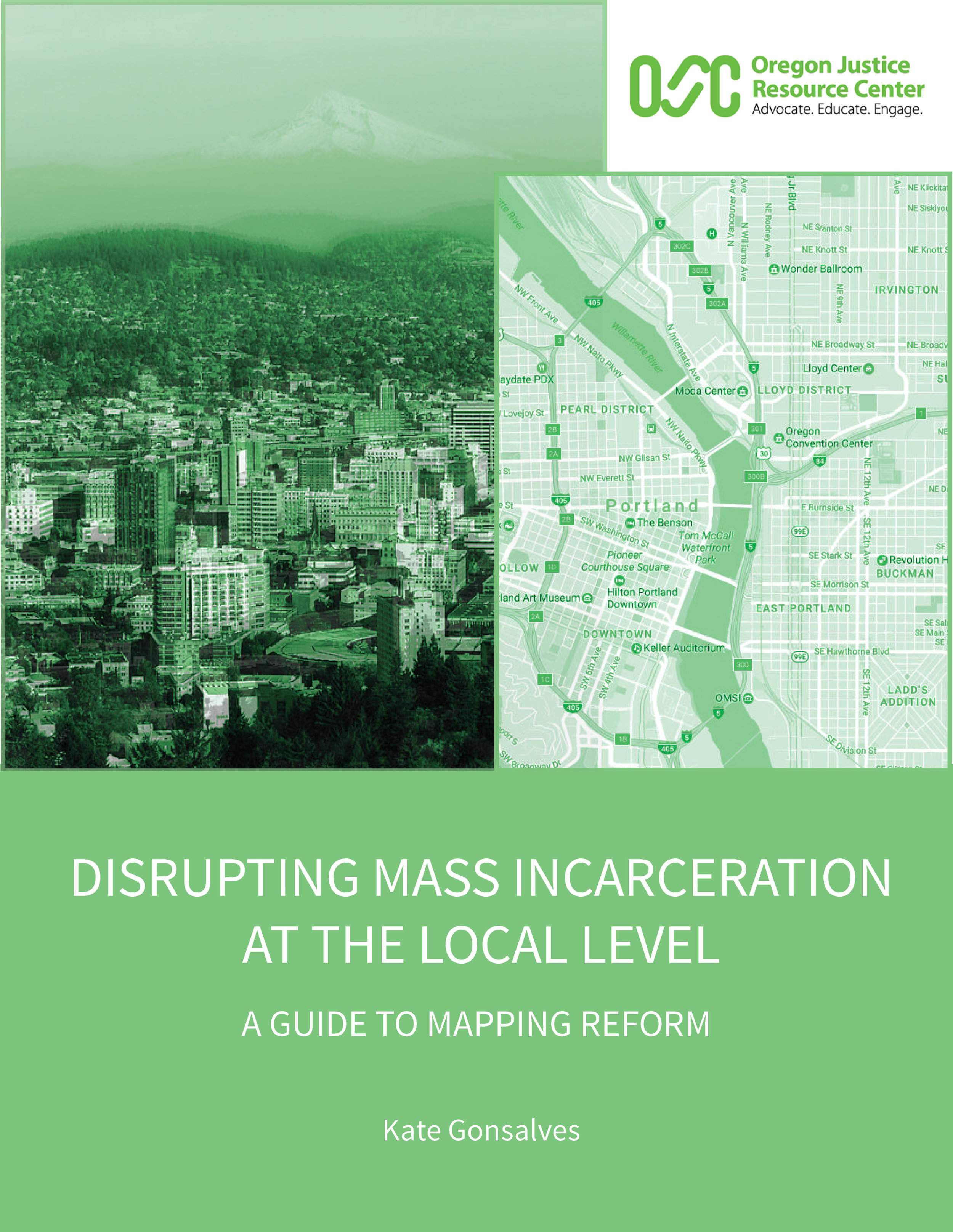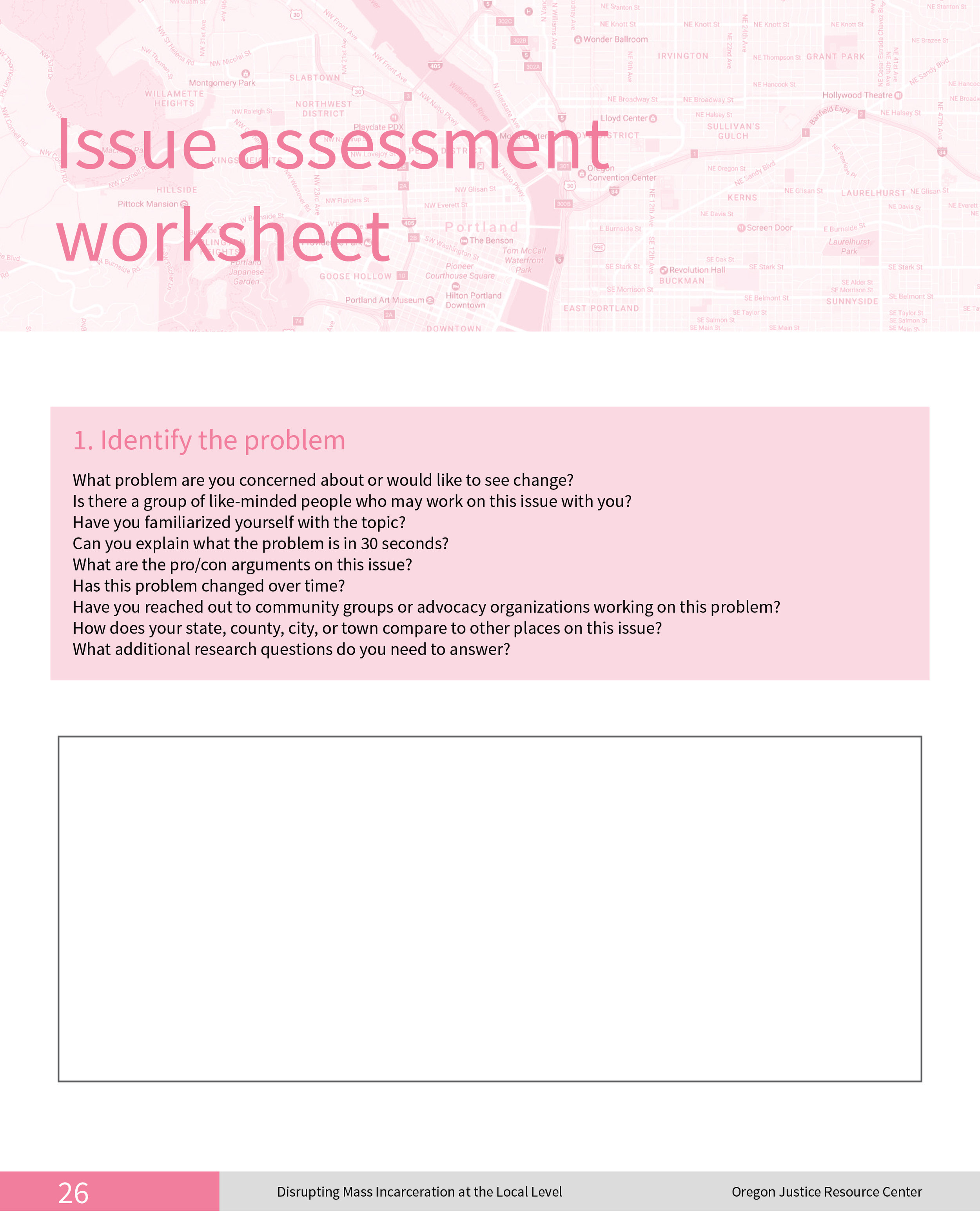disrupting mass incarceration at the local level: A guide to mapping reform
Mass incarceration: have we been looking in the wrong places?
Public awareness and concern about over-criminalization and over-incarceration have grown significantly in recent years but much of that attention is focused in the wrong places. What happens at the national level tends to be in the spotlight much of the time, despite the fact that most people entering our prisons and jails are sent there by local - not federal - criminal justice systems. The harrowing cellphone videos seen around the world of people being gunned down by police in communities across America have understandably created outrage and anguish. Police brutality, and the ways in which the law is enforced on our streets - and against whom - are desperately important. But behind the minute-by-minute decisions made by cops on patrol are other, more powerful actors who are setting standards and defining what is important and what is not when it comes to how we as a society address what we have defined as crime. It is with that understanding that we have created an advocacy document called Disrupting Mass Incarceration at the Local Level: A Guide to Mapping Reform.
Before prison: the source of mass incarceration
To address the disconnect between public perceptions of the justice system and where power really lies, we have created a guide for anyone who wants to become active on criminal justice reform in their local community. It identifies the key local stakeholders who have power over our justice system and explores how their decisions and actions can be influenced in favor of making progress on mass incarceration. The reality is that genuine and lasting change is unlikely without the support of these actors:
Circuit Court judges
District attorneys
County commissioners
Sheriffs
County auditors
Mayors
City commissioners
City auditors
School board members
Our guide will show you how you can plug into the movement for reform by identifying an issue you care about, working out who has power or influence over that issue, and determining the steps you can use to create change. We call this process "power mapping." It's an approach long used by social justice organizers across the country, but rarely applied to criminal justice reform. By identifying the many stakeholders with the authority to enact reform, the framework of power mapping serves to increase transparency, home in on realistic solutions, and move the conversation away from “tinkering” around the edges of a problem.
Multnomah County and Portland: A case study
You might be surprised to learn that a large majority of incarcerated individuals in the U.S. are sentenced in highly populated urban areas typically considered progressive strongholds. We decided to use Multnomah County and the city of Portland and their school districts as an example of a local area where our ideas can be implemented.
This guide is all about helping you understand where to plug in to achieve change on the issues you care about. If you have an idea for reform or would like to learn more, please use the form below to get in touch with us.





